
Introduction
Our planet is heating up. This is known as global warming, a gradual increase in the Earth's temperature. Carbon dioxide is one of the gases which contributes to this process.

It is known as a greenhouse gas, this means that it traps heat in the EarthÔÇÖs atmosphere. As these greenhouses gasses build up they form an invisible ÔÇśblanketÔÇÖ that traps heat from the sun. This is causing temperatures to rise here on Earth and is making our weather more unpredictable and extreme. This process is called climate change.
Melting ice caps
The EarthÔÇÖs ice capA large thick sheet of ice that covers a big area of land. are melting. The ice caps are thick sheets of ice and snow that cover large areas of land. This includes large parts of the Arctic and the Antarctic.

This melting ice turns into water and that means more water in the sea. All over the world this additional water is causing sea levels to rise.
Watch this Newsround film to find out more about why sea levels are rising.
What this means
These rising water levels mean that all over the world coastal areas could end up flooded, or even underwater. Communities are working hard to build flood defenceSystems put in place to reduce or prevent damage from flood water. and are even moving their homes further away from the coast.
Wales
Sea levels are also rising in Wales. If climate change continues, by the year 2100 it is predicted that water levels could rise by nearly two metres. This will impact many coastal areas.
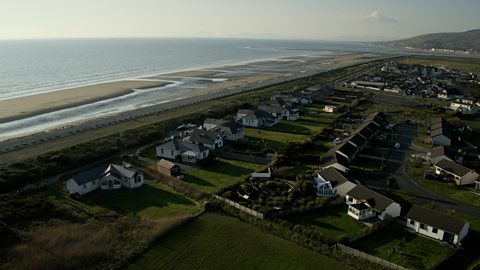
A coastal village called Fairbourne, in mid Wales, is likely to be the first place in Wales to be seriously impacted by climate change. The village was built a long time ago on very low marshland which is right on the seashore.
A sea wall has been built to protect the village from rising sea levels. In the future, as sea levels continue to rise, the local council is worried that it will become too expensive to make sure the wall is doing its job of defending the village. This means the village could be decommissionTo close down and not exist anymore. and people may have to move from their homes and live further away from the sea.
Video: The impact of climate change on Fairbourne in mid Wales
Take a closer look at the difficulties facing the people of Fairbourne in mid Wales.
Global
All over the world communities are having to adapt and change their way of life because of rising sea levels. In Fiji, an island in the Pacific Ocean, many villages have already been abandoned, or left, buildings have been destroyed and farmland has been lost to the waves.
What can we do?
We can all help to reduce our carbon footprint. This means releasing less carbon dioxide into the environment.
How can we do this?
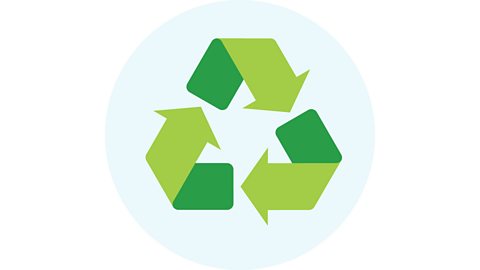
- Recycle more


- Use the car less

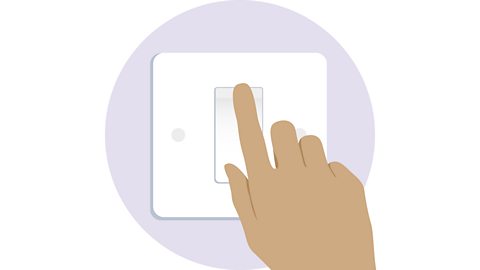
- Switch lights off when they are not needed


- Spread the word ÔÇô we can all help

Quiz: How will climate change impact the seaside?

Where next?
What predators are in the Celtic Sea?
Learn about the different species of wildlife in the deep oceans around Wales.
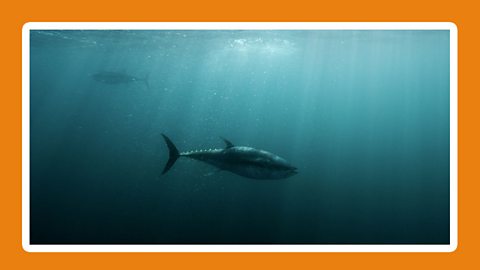
What happens when plastics get into the ocean?
Find out what impact plastic waste has on wildlife in the sea.
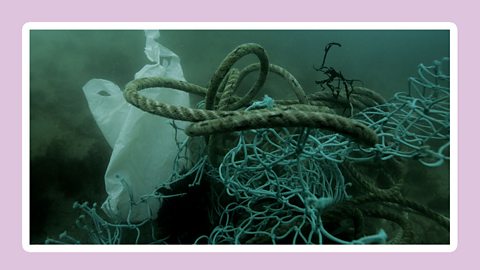
KS2 Sustainability
A collection of lessons for pupils aged 7 to 11

More on Climate
Find out more by working through a topic